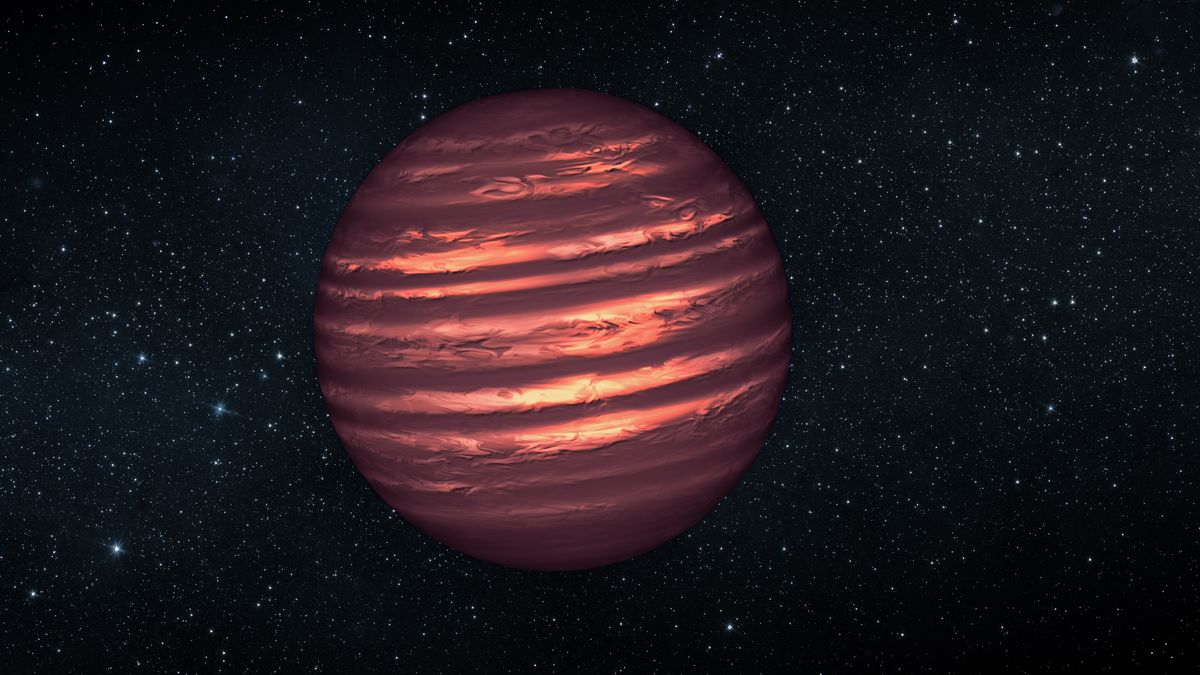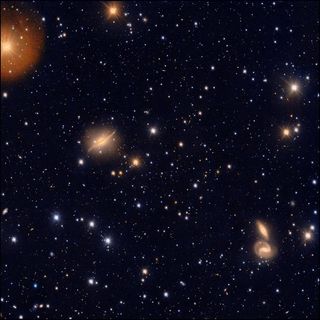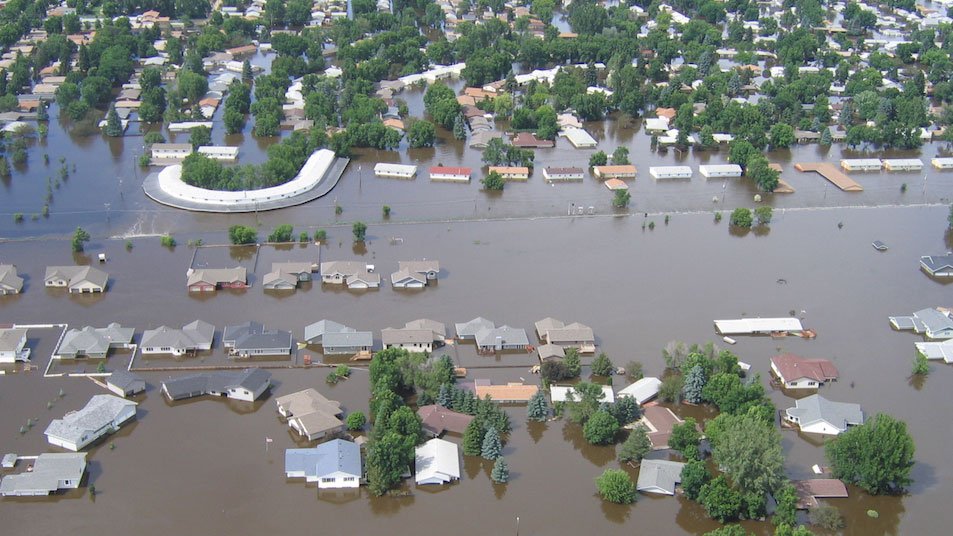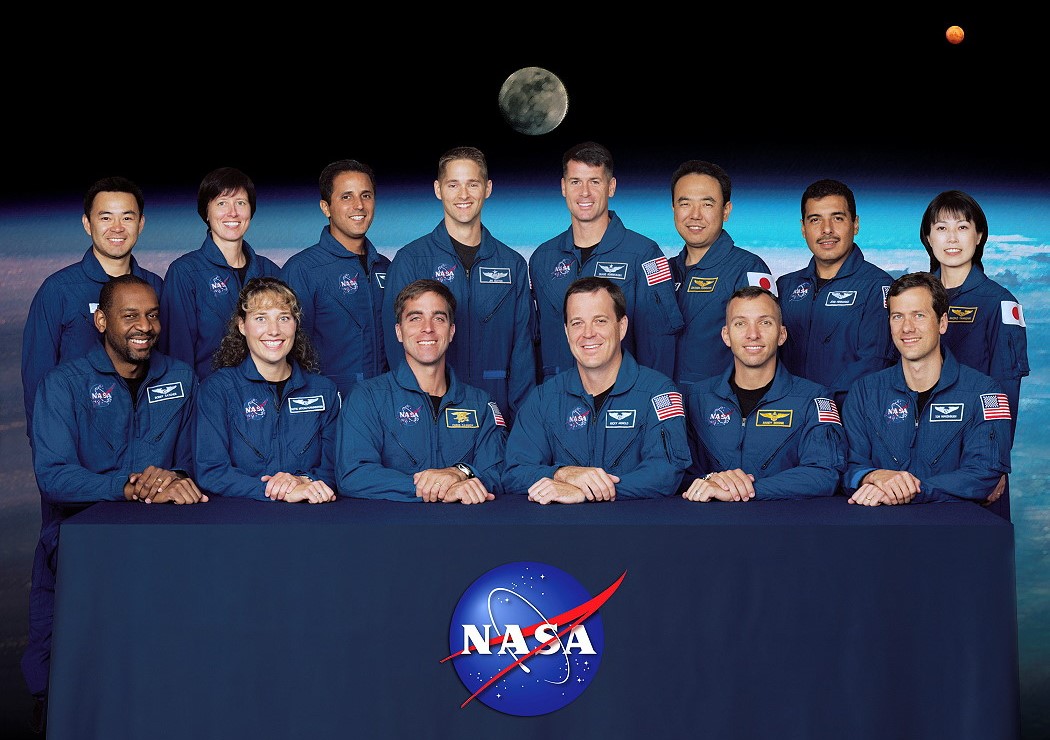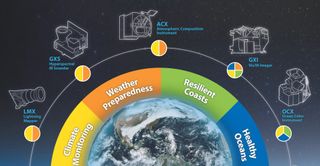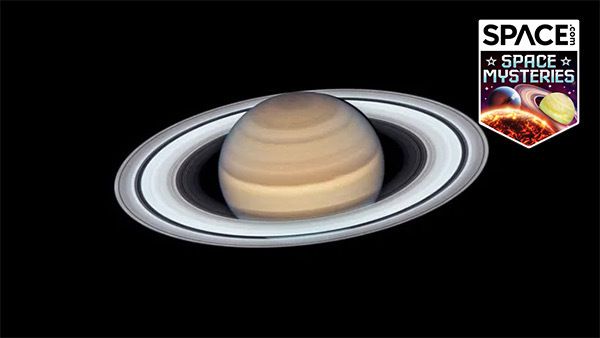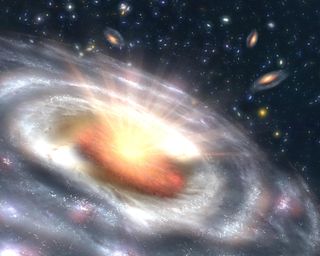Astronomers now have a way to figure out how gas-giant planets form, thanks to a discovery by the James Webb Space Telescope (JWST) of ammonia “isotopologues,” which are molecules that contain the same elements but with differing numbers of neutrons. The nucleus of an atom is made from a bunch of protons and neutrons, and while the number of protons within an element does not change — for example, carbon atoms always contain six protons and nitrogen atoms always have seven protons — the number of neutrons can vary. When…
Read MoreMonth: May 2024
World’s largest visible light telescope spies a galaxy cluster warping spacetime
When astronomers look at galaxies, they’re often conducting a sort of archaeology. Well, cosmic archeology. Basically, by examining what a galaxy looks like and how it interacts with its nearest galactic neighbors, it’s possible to reconstruct that galaxy’s history. And one tool that astronomers can use for such work is the VLT Survey Telescope (VST), the world’s largest visible-light telescope. Now, the VST has released a triptych of images depicting some of those distant galaxies necessary in uncovering galactic pasts. One image depicts ESO 510-G13, a galaxy 150 million light-years…
Read MoreSulaiman Mountain Haze
An astronaut aboard the International Space Station took this oblique photograph of the Sulaiman Mountains in central Pakistan. The range resulted from the slow-motion collision of the Indian and Eurasian tectonic plates that began about 60 million years ago. Peaks rise to more than 3,000 meters (10,000 feet) above sea level in the northern portion of the mountain range, shown in this photograph.
Read MoreInternational SWOT Mission Can Improve Flood Prediction
6 Min Read International SWOT Mission Can Improve Flood Prediction Flooding on the Souris River inundated this community in North Dakota in 2011. The U.S.-French SWOT satellite is giving scientists and water managers a new tool to look at floods in 3D, information that can improve predictions of where and how often flooding will occur. A partnership between NASA and the French space agency, the satellite is poised to help improve forecasts of where and when flooding will occur in Earth’s rivers, lakes, and reservoirs. Rivers, lakes, and reservoirs are…
Read More20 Years Ago: NASA Selects its 19th Group of Astronauts
On May 6, 2004, NASA announced the selection of its 19th group of astronauts. The group comprised 11 candidates – two pilots, six mission specialists, and three educator mission specialists – and included two women, two Hispanic Americans, and one African American. Three astronauts from the Japan Aerospace Exploration Agency (JAXA) joined the 11 NASA astronauts for the 20-month training program to qualify as mission specialists, following which they became eligible for flight assignments. They comprised the last group of astronauts selected to fly on the space shuttle. All members…
Read MoreNext-gen satellites will paint a clearer picture of a changing Earth
Thanks to next-generation satellite systems scientists have in place, like the National Oceanic and Atmospheric Administration’s GOES-R series, scientists are able to get high-definition images of Earth faster than ever before. This is data that helps paint a full picture of our planet; the satellites can be thought of as in collaboration with one another, using special tools to make measurements and take observations that would otherwise be nearly impossible to perform from the ground directly. Yet, as our climate continues to change at a rapid rate due to human…
Read MoreNASA Challenge Gives Artemis Generation Coders a Chance to Shine
3 min read Preparations for Next Moonwalk Simulations Underway (and Underwater) NASA’s Office of STEM Engagement selected seven student teams to participate in a culminating event for the 2024 App Development Challenge (ADC), one of the agency’s Artemis Student Challenges, at NASA’s Johnson Space Center in Houston from April 15-18, 2024. The 2024 App Development Challenge top teams in front of the Orion Capsule in the Space Vehicle Mockup Facility at NASA’s Johnson Space Center in Houston. The coding challenge, celebrating its fifth year and a part of NASA’s Next…
Read MoreCould alien life be hiding in the rings of Saturn or Jupiter?
The search for life beyond Earth has driven seekers to scout all sorts of potential habitats — not just on the growing list of known Earth-like exoplanets, but in other places within our own solar system. The first choice that comes to mind is likely Mars, which some scientists believe still holds oases of liquid water beneath its barren surface, Not long ago, the detection of phosphine, a possible indicator of biological decay, in the atmosphere of Venus set off debate about whether life could exist in that hellishly hot…
Read MoreJupiter’s Great Red Spot
This image of Jupiter’s iconic Great Red Spot and surrounding turbulent zones was captured by NASA’s Juno spacecraft. The color-enhanced image is a combination of three separate images taken on April 1, 2018, as Juno performed its 12th close flyby of Jupiter. At the time the images were taken, the spacecraft was 15,379 miles (24,749 kilometers) to 30,633 miles (49,299 kilometers) from the tops of the clouds of the planet.
Read MoreJames Webb Space Telescope suggests supermassive black holes grew from heavy cosmic ‘seeds’
The James Webb Space Telescope (JWST) has observed light from stars surrounding some of the earlier supermassive black holes in the universe — black holes seen as they were less than a billion years after the Big Bang. The observations conducted by a team from the Massachusetts Institute of Technology (MIT) addresses the question of how these cosmic titans that sit at the hearts of galaxies grew to tremendous masses, equivalent to millions (sometimes even billions) of suns. More specifically, how did they grow so rapidly? The findings could also…
Read More